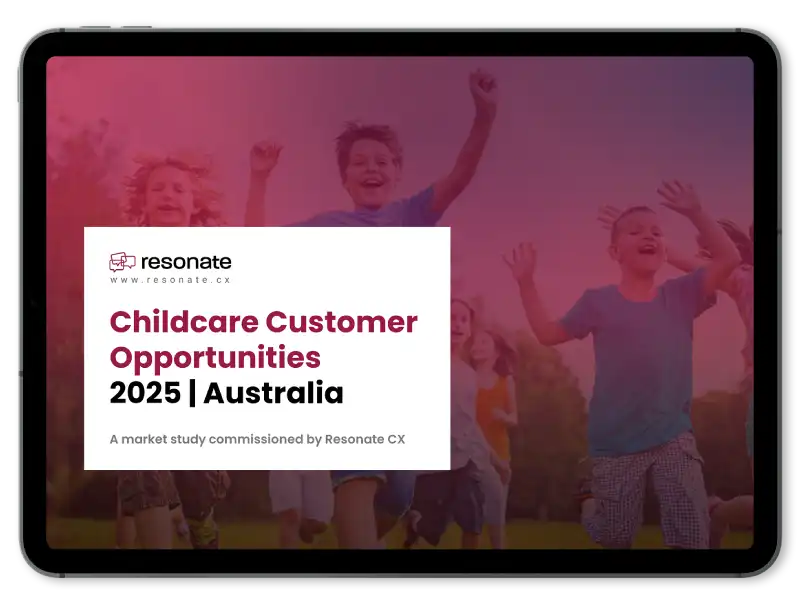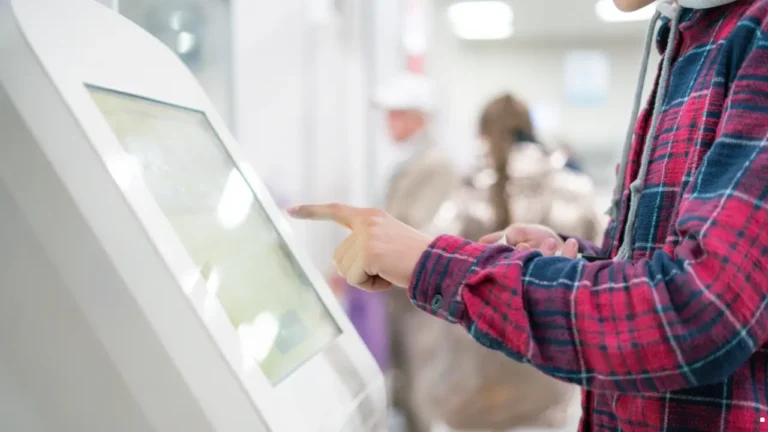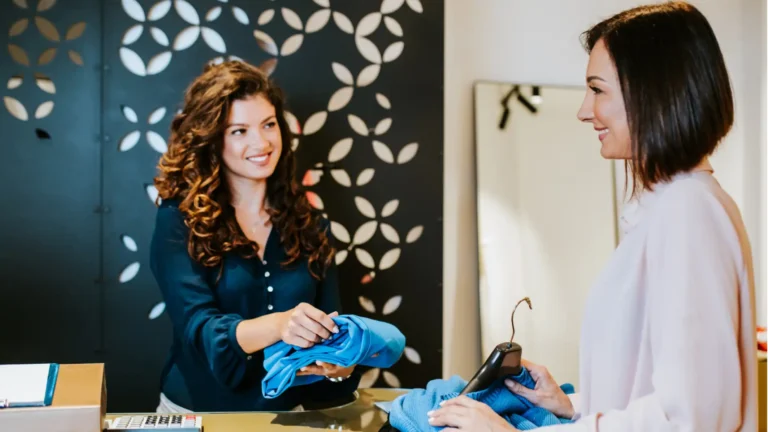Introduction: The Power of Data-Driven Customer Insights
TLDR:
- A/B testing involves comparing two variations of a survey element, Version A (control) and Version B (variation), to determine which one yields superior performance. This scientific approach helps Customer Experience (CX) professionals move past relying on hunches or gut feelings to make data-backed decisions about their survey design.
- Consistently applying A/B testing is a game-changer because it delivers immediate benefits like better response rates and long-term implications for customer engagement and growth. This methodology reduces operational risk by validating small, incremental changes with real evidence before implementing a large-scale overhaul.
- The A/B testing blueprint begins by formulating a clear, measurable hypothesis, such as predicting a specific increase in completion rates from a survey change. It is crucial to determine an appropriate sample size to ensure statistical significance, with most researchers aiming for a 95% confidence level to confirm their findings are reliable.
- The execution phase involves creating the two variations, emphasizing the need to test only one element at a time to isolate its specific effect. These versions must then be deployed under similar conditions to a fair share of the audience to avoid cutting the test short before meaningful patterns can fully emerge.
- CX professionals should focus their A/B testing on high-impact areas like survey invitations, question wording, design, and overall length. For instance, personalized survey invitations are a proven way to significantly increase response rates, while adjusting design elements like adding a progress bar can encourage higher completion.
Every organisation wants customer feedback that’s not only accurate but also meaningful. Yet too often, customer surveys fall short with low response rates or muddled insights. Quite often, poor results stem from unclear questions or poor design.
That’s where A/B testing your surveys comes in. Think of it as a science lab for your surveys. Instead of relying on hunches or gut feel, A/B testing gives CX professionals a structured way to experiment, refine, and uncover what truly resonates with customers. Multiple studies across CX and other marketing activities consistently show that small tweaks tested methodically can drive big jumps in engagement, loyalty, and growth.
Applying A/B testing to your surveys and other customer feedback programmes should be seen as an investment in precision, enabling you to validate assumptions with real data and refine your approach over time. When used with an advanced customer experience management (CXM) platform like Resonate CX, you can uncover hidden customer behaviour patterns faster, and consistently turn your insights into meaningful actions that drive growth.
This guide walks through what A/B testing is, why it matters, how to run it step by step, and the survey elements most worth experimenting with. The goal is to help you turn surveys from guesswork-driven forms into growth-driving tools.
What Exactly Is A/B Testing in the World of Surveys?
A/B testing is the practice of comparing two versions of something, Version A (the control) and Version B (the variation), to see which performs better. In surveys, that could mean testing different subject lines in your email invitations or experimenting with question formats.
For example, one customer group might receive a survey invite with a generic subject line (“We’d love your feedback”), while another gets a personalised version (“Hello, [First Name], tell us what you think”). Measuring which version drives higher open and response rates allows you to stop relying on informal observations and gut instinct. Instead, you’re making a data-backed decision about where to take your CX-related operations.
Why A/B Testing Your Surveys Is a Game-Changer
The obvious benefit of A/B testing is better response rates. But because the impacts build on themselves, A/B testing also has long-term implications. When done consistently, it reveals what motivates your customers to engage, even as wider trends change.
Consider this example. HubSpot ran an A/B test comparing generic vs. specific calls-to-action on their landing pages. The more specific version delivered a 105% increase in conversions. For businesses interested in consistent growth, these numbers highlight the potential of A/B testing methodology.
Equally important, A/B testing reduces risk. Instead of overhauling your operations on a hunch, programme, you can introduce small, incremental changes and see how customers actually respond. This approach lowers the chance of alienating respondents and ensures that every update you roll out is fully supported by evidence.
The Blueprint: A Step-by-Step Guide to A/B Testing Your Surveys
A/B testing isn’t complicated, but it does require consistent adherence to procedure. Here’s a structured approach to get you started:
Step 1: Formulate a Hypothesis
Don’t start with just a random guess. Doing this will likely send you on tangents and slow down your initial progress. Instead, draw from initial observations and make a clear statement. For instance, “If we shorten the survey introduction, we’ll see a 10% increase in completion rates”. Creating a proper hypothesis ensures your test has a measurable goal and gives you a good start.
Step 2: Determine Your Sample Size
Testing with too few respondents can lead to misleading results. Aim for a high statistical significance to know your findings are reliable. Most researchers generally start with a 95% confidence level. Tools like survey sample calculators can help you set the right thresholds for your project.
Step 3: Create Your Variations
Once you’ve decided on a sample size, you can decide which elements you’ll test and create the versions you need. Variations could be subject lines, question wording, survey length, or design.
Just remember: only test one element at a time so you can isolate its effect.
Step 4: Run the Test
Deploy both versions under similar conditions, ensuring each is seen by a fair share of your audience. As much as possible, you want to avoid cutting the test short, as meaningful patterns often take time to emerge.
Step 5: Analyse and Implement
Once results are in, identify the winning variation and start implementing it. Don’t neglect to document your findings to inform future tests. A/B testing is iterative, which means the insights you gain now can compound over time.
What to Test: Key Survey Elements to Optimise
Not sure where to start? These are some of the highest-impact areas to start experimenting with:
Survey Invitations:
- Try different subject lines, tones, or personalised greetings. Even small tweaks, like addressing respondents by name or switching up the call to action, can make a difference. Personalised greetings, in particular, are a proven way to lift response rates.
In just one example, a 2024 German Business Panel study saw researchers testing survey invitations that varied in personalisation (using company names), sender authority, and plea phrasing. Personalised versions proved most effective, increasing survey starts by up to 44%.
Question Wording:
- Compare different phrasings. More complex questions and a wider set of potential answers may capture nuance, but a simple Yes/No form could yield higher completion.
The higher completion rates of shorter surveys are both intuitive and supported by multiple studies. A study by Nagata et al. compared 4-, 5-, and 7-point Likert scales and found that the 5-point scale was easiest for respondents and had the lowest omission rates. This finding has been consistent over the years.
Survey Design:
- Adjust font size, layout, or button colours to see if usability improves. Adding a progress bar is another common tweak that can encourage completion.
Even subtle design changes matter. During Barack Obama’s 2008 digital campaign, a survey team tested variations in button text (“Sign Up” vs. “Learn More”) and image choice (video vs. still). The winning combination drove a 40% increase in sign-ups, showing how even small design or copy tweaks can meaningfully boost engagement.
Survey Length:
- Run a shorter version against a longer version to find a good balance between detail and completion rates. Shorter surveys are often the way to go, but the right choice is dependent on context and data needs.
How the length is communicated also matters. A 2022 study indicates that respondents are more likely to engage when the survey length is clearly communicated. For example, inviting them to a 10–20 minute survey produced a 30.3% response rate, while indicating a 30–60 minute timeframe dropped response to 18.6%, all driven by clarity, not personalisation alone.
A/B Testing: A Path to Continuous Improvement
A/B testing your surveys isn’t a one-off project. Your market is constantly evolving, which means continuous learning, iterating, and improving are necessary. The payoffs are also worthwhile, as using data rather than guesswork lets you build stronger feedback loops and unlock more accurate insights into customer behaviour.The benefit of continuous, data-driven surveys is clear. More effective surveys give you a more accurate picture of your customers, providing you with a better understanding of what drives their loyalty and satisfaction. If you plan to expand your business, A/B tests can be a key element in providing consistent growth amidst inevitable market and consumer shifts.








